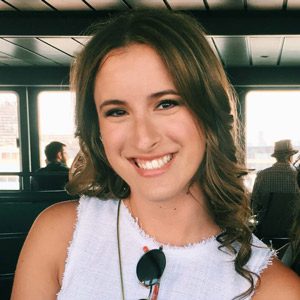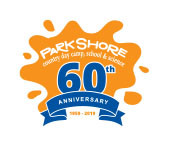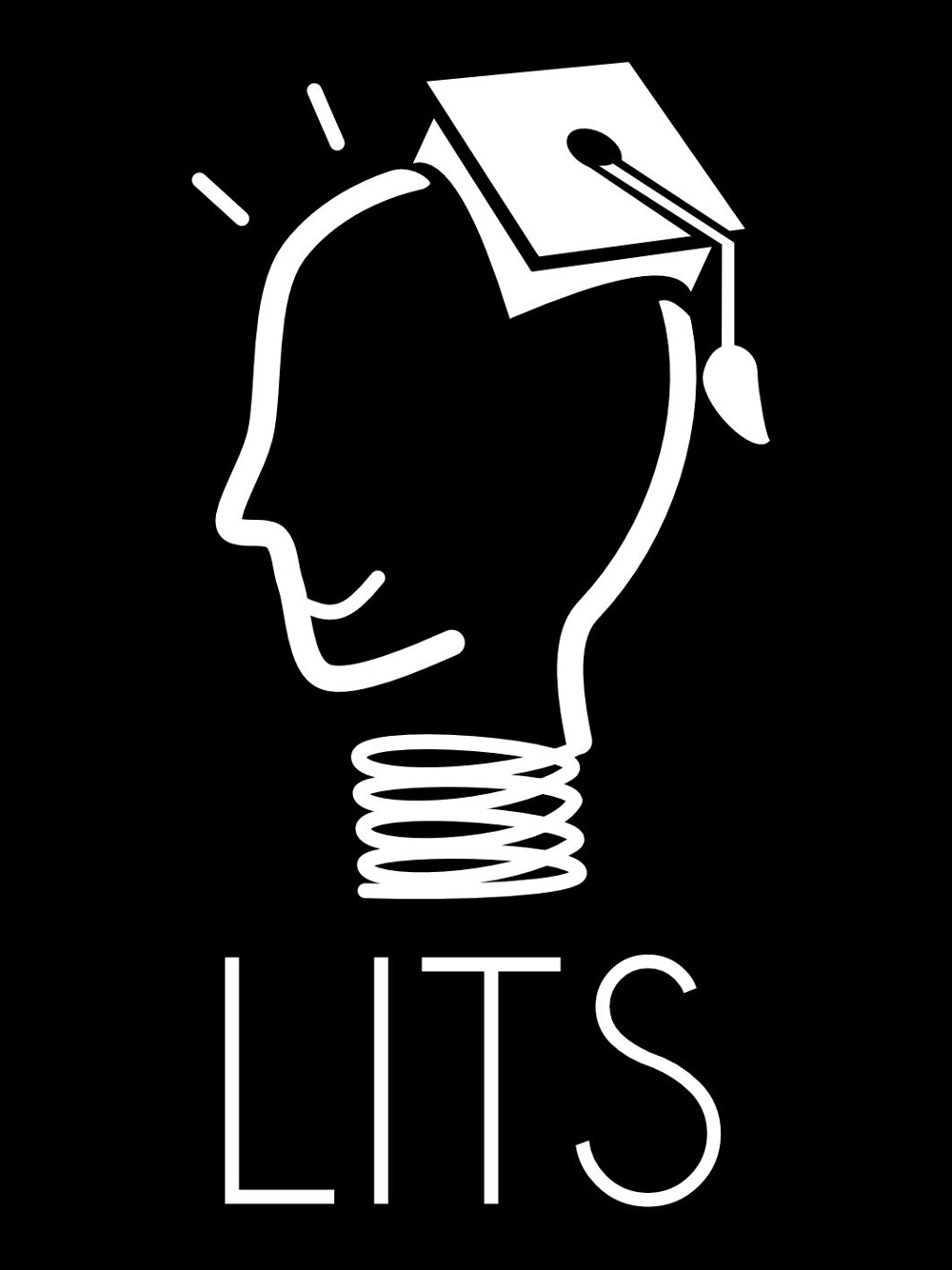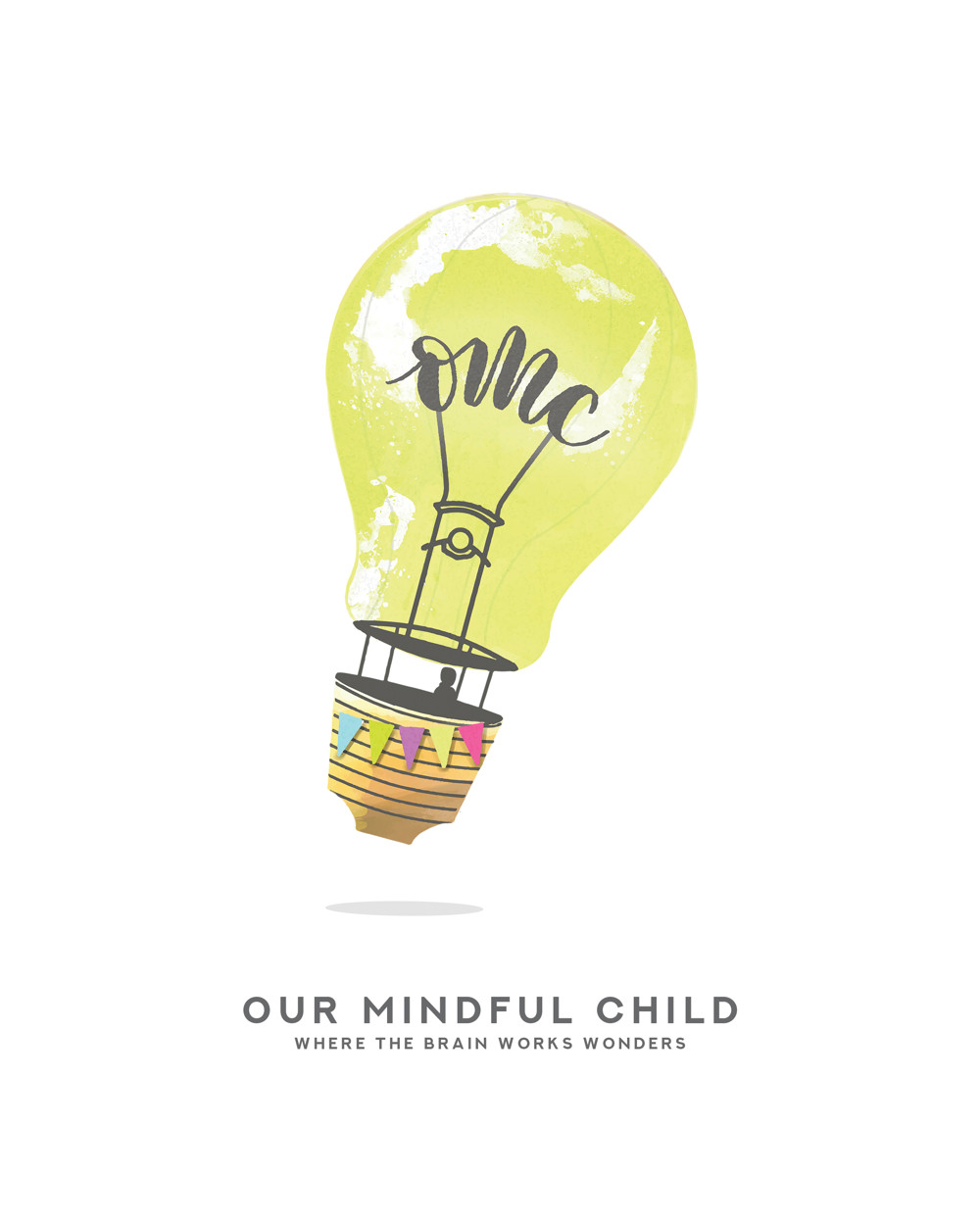
Two NYC Students Discover a New Species of Sea Anenomes
Cherie and Sadie worked alongside scientists from the American Museum of Natural History to discover new sea anemones.
Get kid-friendly activities sent to you!
Get the Best Family Activities
Students in the Science Research Mentoring Program must dedicate at least four hours per week to their projects and commit to the program for one year. According to the museum, research projects span the fields of cultural and biological anthropology, conservation science, evolutionary biology, genetics and genomics, taxonomy, systematics, earth and planetary science, and astrophysics. To qualify to apply, students must be on track to complete four American Museum of Natural History credits by the end of the year they apply for SRMP. These credits can be earned through Saltz, the museum’s after school program courses (at least one credit must be from an after school program), or Lang Research. Students must go to school and or live in the city. For more information on the program, visit the museum’s website.
Main Image: Courtesy American Museum of Natural History






